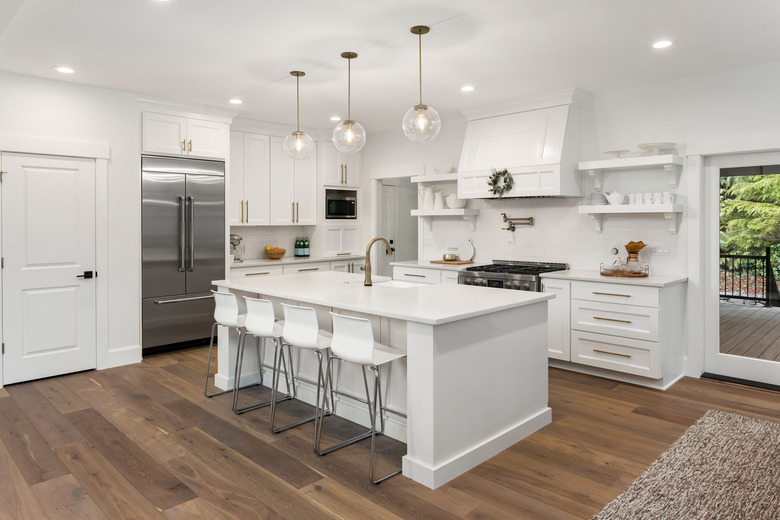How To Choose The Correct Wire Gauge For Circuits
Whenever electrical current passes through circuit wires there is resistance that causes a certain amount of heat to be generated. To prevent circuit wires from heating up to an unsafe level, it is critical that they are large enough for the amperage load they carry. Too much amperage drawn through wires that are too small can cause a dangerous amount of heat, which can cause electrical fires or even melt the wires.
For each circuit amperage rating — as determined by the circuit breaker or fuse that controls the circuit — there is a minimum wire size (gauge) that should be used. When you are doing any routine electrical repairs, double-check to make sure the circuit amperage size and wire sizes are compatible; and anytime you are extending or adding a circuit, make sure the wire size is appropriate for the amperage rating of the circuit.
The AWG System
All electrical wiring is sized by the American Wire Gauge (AWG) system, which has been used since 1857 to define the diameters of solid-core wire conductors. Wire diameter is one of the crucial elements in determining the current-carrying ability (ampacity) of a wire. The AWG system uses complicated logarithmic calculations to determine its values, but the essence is that larger numbers indicate smaller wires (and smaller ampacity), while small numbers indicate larger-diameter wires with greater ampacity.
For residential electrical systems, the wires used typically range from the very thick stranded 2 AWG wires used for the main service wires feeding electricity to your main service panel to 14 AWG wires used for household lighting circuits. Even smaller wires may be used for low-voltage applications, such as thermostat wiring.
Common Household Wiring Sizes
General household circuits used to power light fixtures and plug-in appliances are normally 20-amp or 15-amp circuits, which use 12 AWG or 14 AWG wire, respectively. Although 15-amp circuits were once quite common, 20-amp circuits wired with 12 AWG wire are becoming much more common, particularly for circuits feeding receptacles (outlets) in kitchens, bathrooms, and garages. Circuits with 15 AWG wire are still common for lighting circuits and for outlets in living areas.
Household Circuit Types
While there is no danger plugging a light-duty device appliance into a 20-amp circuit, a 15-amp circuit can be overloaded by heavy-use appliance, such as a space heater. This is one reason why 20-amp circuits are becoming the norm for general-use appliance circuits. Special 20-amp outlet receptacles are available for use with these 20-amp circuits. These receptacles make it possible to plug in heavy-demand appliances that have a prong configuration that fits only into these receptacles. You can also plug standard appliances into these 20-amp devices.
Larger amperages — 30 amps and up — and larger wire gauges are normally reserved for heavier use appliances, including those that draw 240 volts of current. These appliances typically require their own "dedicated" circuits that serve only the single appliance.
Household Circuit Amperage and Appropriate Wire Gauges
|
Circuit Type |
Amperage |
Wire Gauge (AWG) |
|
General lighting and receptacle |
15 |
14 |
|
Kitchen, bath, garage receptacle |
20 |
12 |
|
Refrigerator, microwave, disposal, dishwasher |
20 |
12 |
|
Electric clothes dryer, electric water heater |
30 |
10 |
|
Electric range, hot tub |
40 – 50 |
8 – 6 |
|
Electric furnace, central air conditioner |
55 |
6 |
Warning
If you are planning or installing a circuit for any large appliances, always consult the manufacturer's specifications for circuit wiring required.
